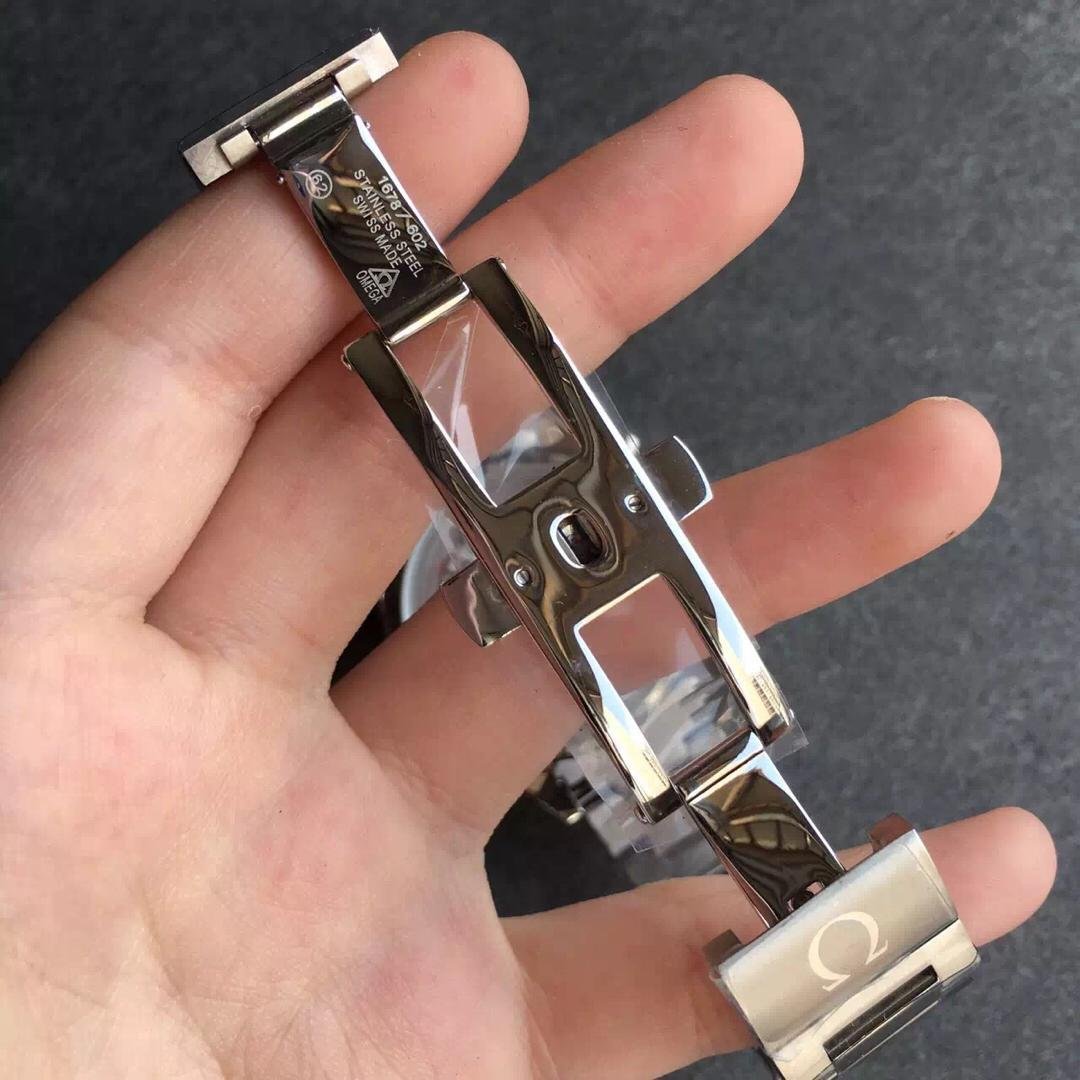Unlocking the Linea Airdrop: Why Metamask and Linea Blockchain Matter More Than You Think
So, here’s the thing—crypto airdrops are everywhere, right? But the hype around Linea’s airdrop caught me off guard. I mean, I’ve seen my fair share of token drops, but something felt off about this one at first. Then again, when you mix a fresh blockchain like Linea with a wallet giant like Metamask, you gotta sit up and pay attention.
Whoa! Seriously, if you’re dabbling with Ethereum or Layer 2 solutions, Linea’s approach is kinda slick. It’s not just another copycat chain; it’s pushing some real innovation under the hood. But I’m getting ahead of myself...
Initially, I thought, “Okay, it’s another Layer 2, so what?” But then I realized the nuances in how Linea integrates with Metamask could actually simplify your crypto life, especially when chasing that linea airdrop claim. Now, that’s something you don’t wanna miss.
Let me walk you through what’s going on here, because it’s not just tech jargon—there’s real value if you play your cards right.
Here’s what bugs me about airdrops in general: they often come loaded with hoops to jump through, confusing instructions, and sketchy trust signals. Linea is trying to flip that narrative, but in my experience, the devil’s always in the details.
Okay, so check this out—Metamask, as you probably know, is the go-to wallet for Ethereum and related networks. It’s intuitive, user-friendly, and has been the gateway for many into decentralized finance. Now, Linea blockchain steps in as a Layer 2 solution, promising faster transactions and lower gas fees. The synergy here is obvious, but it’s the actual user experience that makes or breaks adoption.
What I found curious is how Linea’s developers have worked closely with Metamask to ensure seamless integration. This means you don’t have to mess around with complicated RPC setups or third-party bridges. Instead, once you connect Metamask to Linea, claiming the airdrop becomes straightforward.
Hmm... I remember fumbling with other Layer 2 networks where you had to manually add network info to your wallet. That process can be intimidating for newcomers and even annoying for seasoned users. Linea seems to have streamlined that quite a bit.
On one hand, this integration is a major plus. Though actually, it raises questions about decentralization—how much control does Linea wield if it relies heavily on Metamask’s ecosystem? But that’s a rabbit hole for another day.
Anyway, if you’re aiming for that linea airdrop claim, having Metamask set up properly is very very important. Skipping this step might mean missing out on tokens that could appreciate significantly.
Let me share a quick personal anecdote. When I first tried to claim a similar airdrop on another network, I ignored the wallet setup nuances and ended up locked out of my tokens. That frustration stuck with me. So yeah, I’m biased, but trust me when I say double-checking your Metamask’s connection to Linea is worth every second.
Something else I noticed is how the Linea team keeps community updates transparent, which is refreshing. They post tips on avoiding phishing scams and clarifying eligibility criteria. Given how many airdrop scams float around, this kind of openness builds trust, even if it’s not foolproof.

Why You Should Care About the Linea Blockchain Beyond the Airdrop
Okay, so here’s the bigger picture. While the airdrop is the shiny carrot, Linea’s blockchain has the potential to reshape how developers and users interact with Layer 2 solutions. Faster transaction speeds and lower fees are not just buzzwords—they actually solve pain points that have held back Ethereum scaling.
Initially, I thought all Layer 2s are pretty much the same, but diving deeper into Linea’s tech stack showed me they’re betting on zk-rollups, which are quite promising for privacy and scalability. This isn’t just about saving a few bucks on gas, but about enabling real-world apps that can handle mass adoption.
Still, I’m not 100% sure if this will translate into mainstream use anytime soon. The crypto space is littered with projects that looked great on paper but stumbled on user adoption. However, the fact that you can easily connect with Metamask gives it a leg up.
Here’s the thing: If you’re already in the crypto game, setting up for the Linea airdrop is a no-brainer. Even if the tokens don’t moon overnight, you’re positioning yourself to explore a Layer 2 that might just become a staple.
And hey, if you’re skeptical about jumping through yet another crypto hoop, I get it. But sometimes, these early moves pay off—especially when you’ve got a trusted wallet like Metamask smoothing the path.
By the way, if you want to jump on this opportunity, the easiest way to start is by visiting the official linea airdrop claim page. It walks you through the steps and ensures you don’t miss critical instructions.
One last thing—crypto airdrops can feel like a lottery, but they’re also an experiment in decentralizing ownership. Linea’s approach, combining solid tech with accessible tools, might just push the needle forward.
Frequently Asked Questions
How do I connect Metamask to the Linea blockchain?
It’s simpler than you’d expect. Usually, you add the Linea network details manually via Metamask’s “Add Network” option, but Linea has streamlined this, and many wallets now auto-detect it once you visit their official airdrop claim page.
Am I automatically eligible for the Linea airdrop?
Not necessarily. Eligibility often depends on prior activity on Ethereum or other related networks. The criteria can be complex, so checking the official linea airdrop claim site is your best bet for accurate information.
Is Linea safe to use with Metamask?
From what I’ve seen, yes. Metamask remains a secure wallet, and Linea’s integration doesn’t compromise that. Still, always be cautious with permissions and avoid sharing your seed phrase or private keys.





